California’s Pacific Coast Highway offers some of the most breathtaking views in America, and there’s no reason your furry friend can’t enjoy them too!
This iconic 655-mile road trip features dramatic cliffs, pristine beaches, and charming coastal towns that both you and your pup will love exploring together.
With a little extra planning, your four-legged companion can be the perfect road trip buddy for this unforgettable coastal adventure.
1. Plan Frequent, Scenic Pit Stops
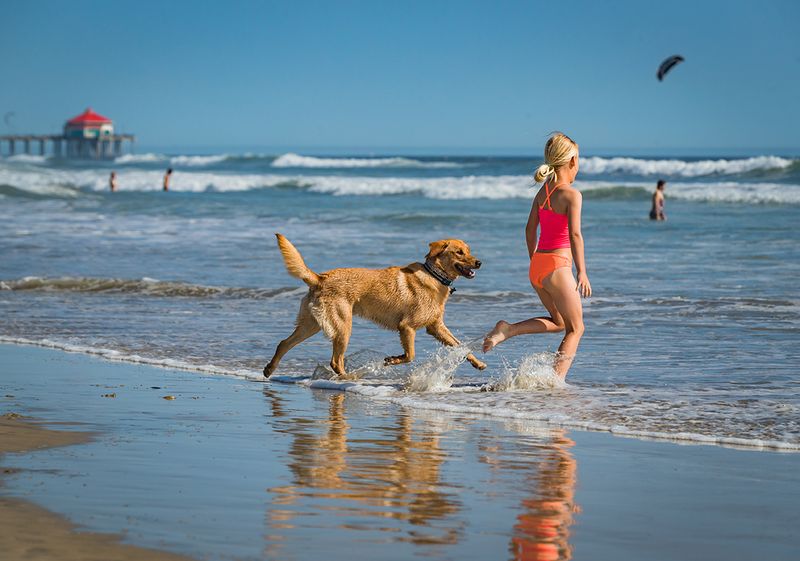
Whoever said “it’s the journey, not the destination” must have been traveling with a dog! The Pacific Coast Highway is dotted with dog-friendly beaches and viewpoints where your pup can stretch their legs every 1-2 hours.
Carmel Beach and Huntington Dog Beach offer leash-free romps in the sand, while Morro Bay and Fort Funston provide spectacular scenery with pup-approved paths.
Pack a portable water bowl and extra towels for impromptu beach visits. Your dog will appreciate these breaks as much as you’ll enjoy watching them frolic against the backdrop of crashing waves and coastal vistas. These pit stops make for perfect photo opportunities too!
2. Travel North-To-South For Easier Navigation
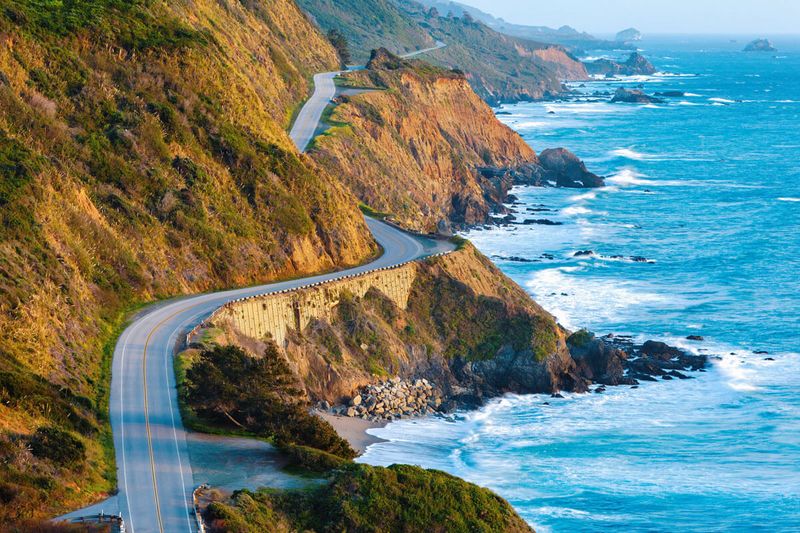
Starting your adventure from San Francisco and heading south puts you in the lane closest to those jaw-dropping ocean views. This strategic direction means easier pullouts when your dog starts giving you those “I need a bathroom break” eyes.
The northbound route often leaves drivers separated from viewpoints by oncoming traffic, making spontaneous stops for antsy dogs more challenging. Plus, southbound travelers enjoy the morning sun behind them rather than blinding their view.
Temperatures tend to be more dog-friendly as you progress south, especially if traveling in spring or fall!
3. Avoid Peak Heat – Time It Right
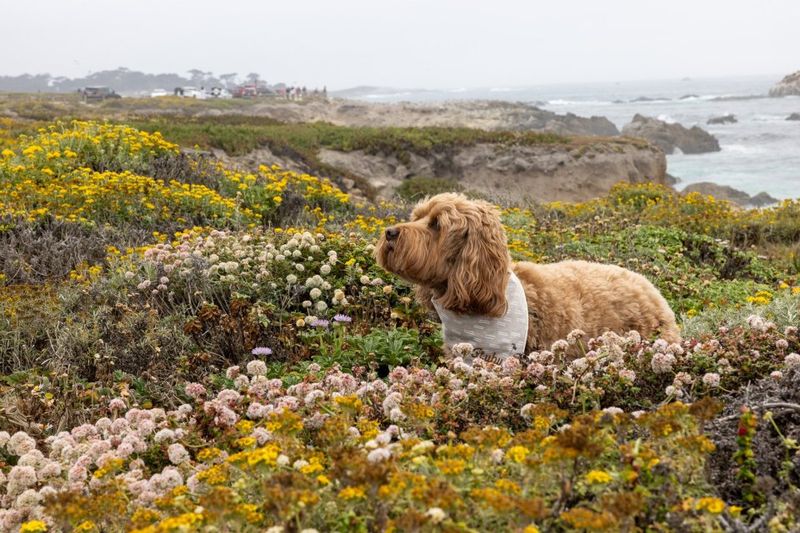
Paws and hot asphalt don’t mix! Schedule your adventure during spring (April-May) or fall (September-October) when temperatures hover in the perfect 65-75°F range. Your furry navigator will thank you for avoiding summer’s scorching concrete at rest stops and crowded beaches where shade is scarce.
Morning explorations beat afternoon heat, especially in southern sections where temperatures climb quickly. Many coastal trails prohibit dogs during midday hours in summer months, limiting your adventure options.
Early risers get an added bonus: stunning morning fog rolling dramatically off the coastline, a magical experience for humans and a fascinating scent adventure for curious canine noses!
4. Bring A Complete Dog Road-Trip Kit
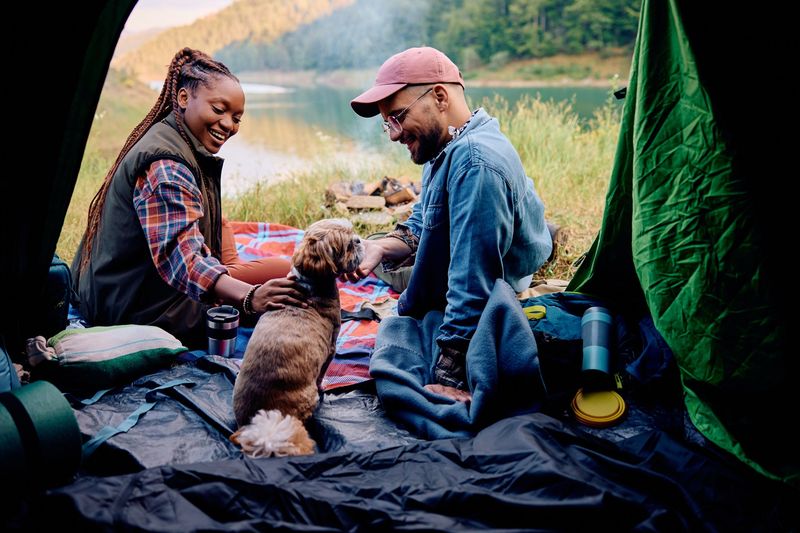
Forget something important? That cute little general store might charge $15 for a tiny bag of dog food! Smart travelers pack a dedicated dog duffel with essentials: collapsible bowls, extra leashes, poop bags, familiar food, medications, and updated ID tags with your cell number.
Throw in a first aid kit with tweezers for potential foxtails – those pesky grass seeds love dog paws along coastal trails. A quick-dry towel saves your car seats after beach romps, while a spill-proof water bottle prevents dehydration during hikes.
Don’t forget comfort items! That threadbare stuffed duck from home helps anxious pups settle in unfamiliar hotel rooms.
5. Ensure Comfortable In-Car Restraint & Familiarization
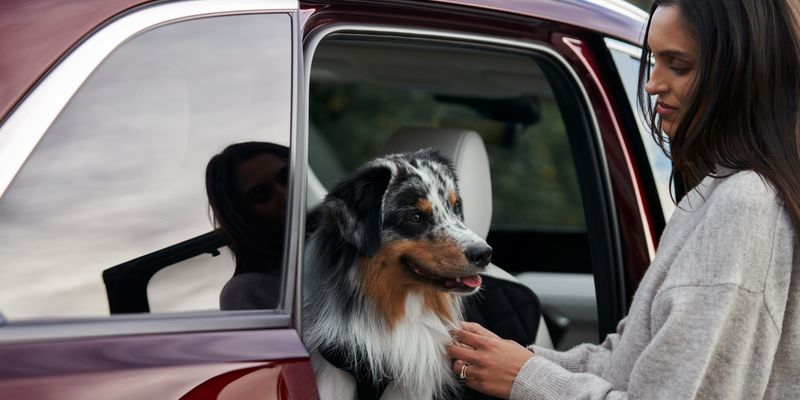
Letting you dog hang his head out the window might look Instagram-worthy, but it’s a safety no-no on the winding highway! Secure your adventure buddy with a crash-tested harness or crate that prevents dangerous distractions while you navigate hairpin turns along dramatic cliffs.
Before hitting the highway, take shorter practice drives to help your dog adjust to their restraint system. The twisty sections can trigger motion sickness even in seasoned canine travelers – ask your vet about gentle remedies if your pup tends toward queasiness.
Position their spot away from direct sun and air conditioning vents for maximum comfort during those long, scenic stretches.
6. Check Pet-Friendly Accommodations Ahead
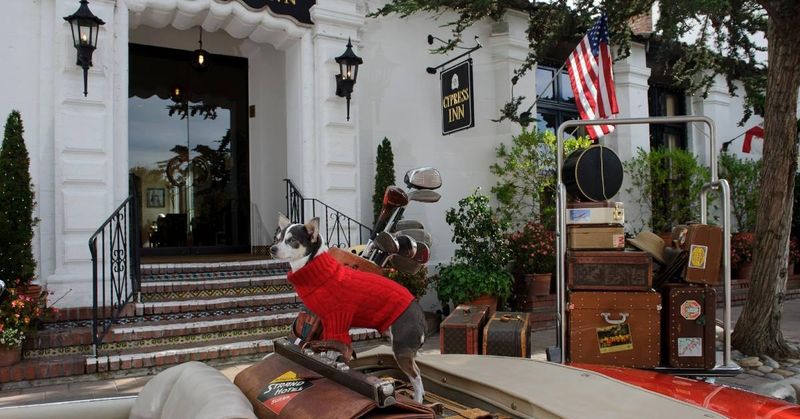
“Sorry, no pets allowed” – three words no dog parent wants to hear after a long day of driving! The Pacific Coast Highway has limited lodging options in some stretches, and pet-friendly places book up faster than you can say “good boy.”
Reserve rooms weeks (or months) in advance, confirming pet policies directly with hotels rather than trusting third-party booking sites.
Savvy travelers look beyond the standard pet fee to understand the fine print. Can your dog be left alone while you grab dinner? Are certain breeds restricted? Is there a designated pet relief area? Pro tip: Carmel-by-the-Sea boasts the most dog-friendly accommodations along the entire route!
7. Stay Aware Of Wildlife & Safety Hazards
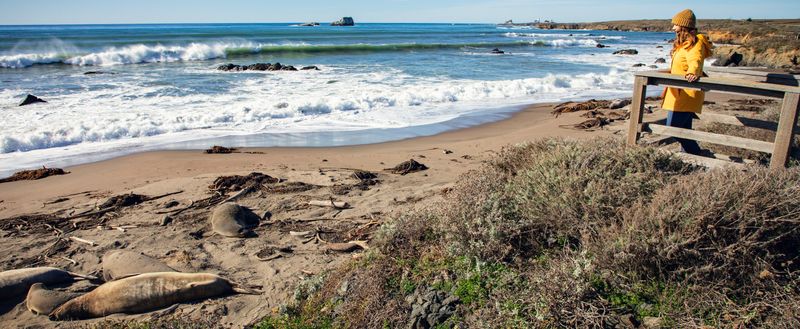
Keep those leashes handy near elephant seal rookeries in San Simeon, where curious dogs and protected marine mammals don’t mix well. Watch for rattlesnakes on inland trails during warmer months – they’re as surprised to see your dog as your dog is to see them.
Ocean safety matters too. Strong rip currents can sweep away even strong swimming breeds, while sharp shells and sea urchins can injure tender paws.
Tide pools look inviting but harbor delicate ecosystems easily damaged by enthusiastic paw traffic. Always carry fresh water to prevent your thirsty friend from drinking from potentially contaminated streams.
